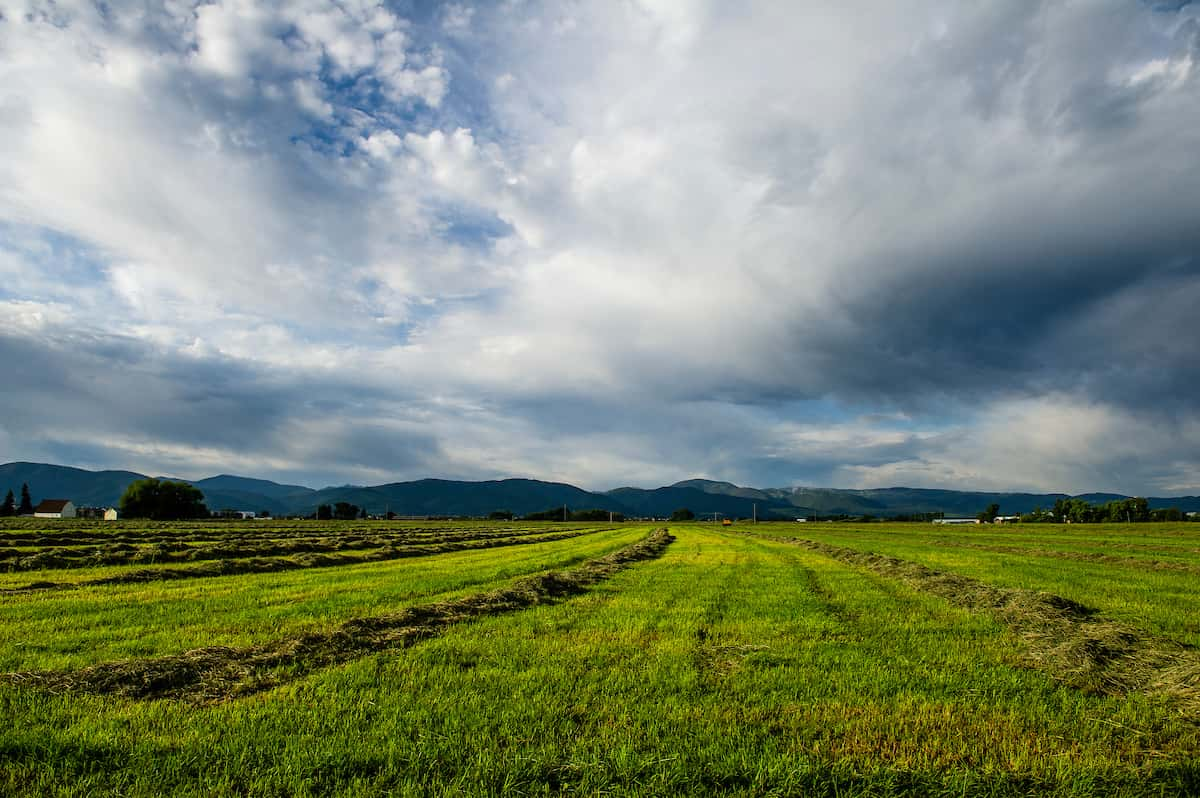BOZEMAN — An interdisciplinary team of researchers from the Montana State University College of Agriculture received a grant to develop an integrated management framework for cheatgrass, an invasive species in Montana and a growing concern for agriculturalists in the Northern Rockies.
The team, made up of professors Lisa Rew, Cathy Zabinski and Jane Mangold of the Department of Land Resources and Environmental Sciences and Bok Sowell of the Department of Animal and Range Sciences, was awarded the three-year, $350,000 grant by the Western Sustainable Agriculture, Research and Education program, which is overseen by the U.S. Department of Agriculture’s National Institute of Food and Agriculture. They will collaborate with Kyle Cutting of the U.S. Fish and Wildlife Service, Jim Berkey of The Nature Conservancy nonprofit organization and local farmers and ranchers to study the impact of the invasive grass and how to best manage it in Montana.
“All the current information says that if you’re going to stand a chance of getting rid of cheatgrass, you have to target it when it’s just beginning to take hold,” said Rew. “That’s where we are in a lot of areas in Montana right now. But if we don’t get it soon, it will be very hard if not impossible to get any land back to the way we want it to be.”
Cheatgrass, said Rew, has been in Montana for a while, coming from states to its south and west. But farmers and ranchers are saying that cheatgrass is increasing rapidly, making it essential to address its spread as quickly as possible. Herbicide is one of the most frequently used management techniques, but ranchers also use short, intense stints of grazing in the fall or early spring when the grass is green and actively growing.
“Cheatgrass germinates in the fall, when none of our native grasses have germinated yet,” said Rew. “In that regard, it has a bit of an advantage over the native species, because it’s already up and growing in the spring when they’re just waking up.”
The grass becomes unpalatable to cattle once it goes to seed and can crowd out or reduce the population of more desirable plants, so the need to find alternative management techniques is pressing, said Rew.
The team will work with producers to test on-farm herbicide application, targeted, high intensity, short duration grazing and seeding rotations on a broad, landscape scale this summer while testing novel strategies on a smaller scale. These new strategies include applying mustard seed meal, mulch and micronutrient supplements to deter cheatgrass growth and promote native plants, as well as evaluating the effectiveness of different seed mixes. As the team learns more about the different techniques they will develop a decision framework so that landowners can tailor their approaches based on their management needs and budget Rew stated, “As opposed to one of, ‘Just go out and spray it,’ message, the idea here is that we can develop something a bit more nuanced and useful for a range of for people to use.”
Rew and her team will focus their research in the Centennial Valley near Dillon and partner with the Beaverhead County Weed District to develop strategies that will be applicable to producers across the state and beyond.
“This will help producers decide how best to manage their own land, allowing for the fact that some don’t want to use herbicides, some don’t have the capacity to seed and considerations like that,” said Rew. The impetus for this research came from concerns from ranchers and land managers who were seeing increased rates of cheatgrass growth. “This is very much a grassroots project. They wanted to figure out how to deal with this, and our job is to help facilitate that discovery.”
###
MSU News Service
Northern Ag Network
MSU photo by Kelly Gorham


